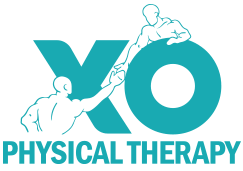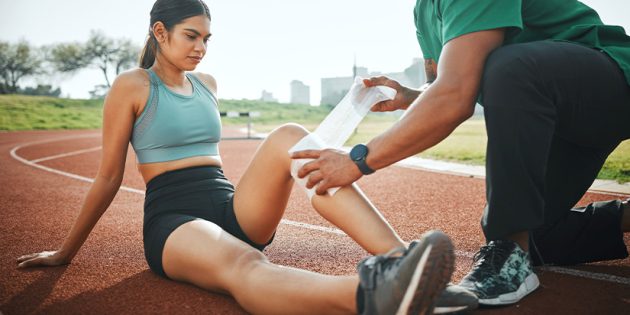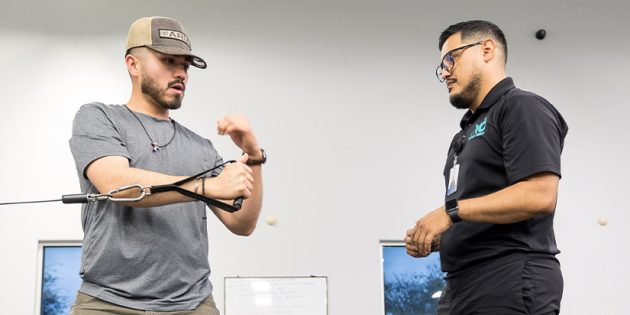Physical Therapy for Common Football Injuries

Football is a physically demanding sport, and given the size and speed of these athletes, it should be of no surprise that football has the second highest injury rate after Baseball in American sports. However, these players ensure they are fit and train well to stay in shape. Unfortunately, unforeseen accidents can happen on the field, leading to an injury that takes time to heal and disrupts their careers and life. Luckily there is a solution! Physical therapy can treat injuries and give football players proactive therapy and exercises to recover from setbacks and return to the field more vital than before.
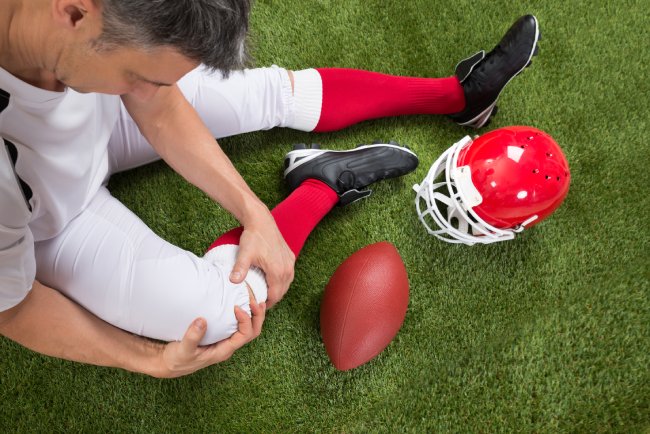
What are the most common football injuries?
- Knee Injuries: The most common injuries in football are knee injuries, especially in the cartilage and the anterior and posterior cruciate ligaments. These ligaments are inside the knee connecting the thighbone (femur) to the shinbone (tibia). It prevents the shinbone from moving backwards in relation to the thighbone.
- The injuries include the following:
-
- MCL (medial collateral ligament) is the ligament that is supposed to prevent side-to-side motion of the knee. Injuries to the MCL are graded from minor (grade I) to severe (grade III). Grades 1 and II are treated non-surgically with physical therapy. The injuries to these ligaments occur with sudden movements and can adversely affect a player’s long-term involvement in football if not treated soon.
- Meniscus Tear: The torn meniscus is a common injury to knees – not only to football players. The crescent-shaped cartilage is between the tibia and femur bones. Damage to the meniscus happens when the knee is flexed and twisted, putting the most significant amount of stress on the meniscus. It can cause the knee joint to lock.
- The ACL tear: The ACL is an essential structure preventing the tibia bone from moving too far forward from the femur bone. The rupture results from contact and non-contact sport for football players and other athletes. This severe injury would most often result in corrective surgery and rehab. A physical therapist can act proactively, giving exercises to strengthen the ligaments and muscle movement and train the football player for correct action on the field.
Treatment of Knee Injuries: Physical Therapists have specialized exercises to help the tissue around the knee heal faster. The cause of the pain or injury is addressed, and self-healing habits are promoted. Football players are also guided with exercises to encourage correct use and functioning. Physical Therapists offer post-surgical rehab for football players where surgical intervention is necessary. They have advanced post-surgical rehab techniques to ensure a complete recovery after an injury. The treatment can include aquatic therapy and anti-gravity treadmill training, followed by football-specific drills.
- Ankle Sprains: An ankle strain occurs when there is soft tissue damage to the ligaments in the ankle. This injury occurs when you roll the ankle outward, and the sole of the foot faces in and up because of sudden movements, pivots, and tackles. An ankle s is a complete tear of the ligament. Sprains are categorized into three types; Category 1 is a mild sprain, 2 is a partial tear of the ligament and 3. A physical therapist will focus on maintaining fitness, muscle strength, balance, and coordination.
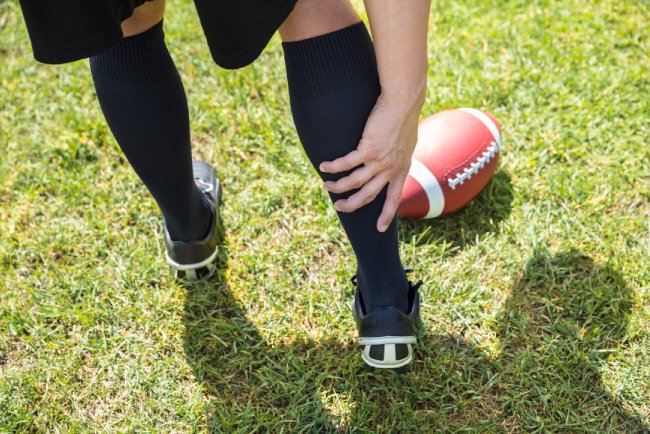
- Hamstring Strain: The hamstring is a group of four muscles at the back of the thigh. Their function is to bend the knee. These muscles can tear with rapid movements, such as sprinting. Immediate treatment is required and will involve protection, rest, ice, compression, and elevation to reduce swelling and bleeding. The muscle strains are categorized into three grades, where grade 1 will involve 5% – 10% of the muscle fibres and will require 1-2 weeks rest. A grade 2 strain is more extensive and includes more muscle fibres. Grade 3 is a severe tear involving most of the muscle fibres, and a football player may require surgery and could be out for 3 -4 months. A torn hamstring can prevent the football player from appropriate movement on the field. After a hamstring injury, the football player will follow a rehabilitation period under the guidance of a specialized physical therapist with gentle stretching, soft tissue work, and muscle strengthening.
- Quadriceps (thigh) Strains: The muscles on the front of the thigh – the quadriceps – are responsible for straightening the leg – thus, the kicking action required by the football player. When there is a tear in the quadriceps, the player cannot function ultimately and will experience severe pain. For grade 1 quad strain, the player will be out of action for 2 -3 weeks, undergoing physical therapy. With extensive quad strains – a grade 3 – players may require surgery and be out of the game for 3 -4 months. Under the guidance of a specialized physical therapist, the football player will receive treatment for muscle strengthening and soft tissue work, followed by football-specific drills once it has properly healed.
- Shoulder Dislocation Injuries: Tackles and falls can lead to shoulder dislocations, rotator cuff injuries, throwing abilities and overall performance. A dislocated shoulder can be surgically stabilized, and intensive physical therapy, working on flexibility, muscle strengthening and confidence to ensure it will not happen again. Recovery will take about 2 -6 months. The arm will be immobilized for a few weeks for the soft tissue to heal. Hands-on stretch and strengthening of the muscles by a physical therapist will follow, and retraining of normal shoulder rhythm. Complete healing will take up to 14 weeks, but most activities can resume with therapy support after 3 -4 weeks.
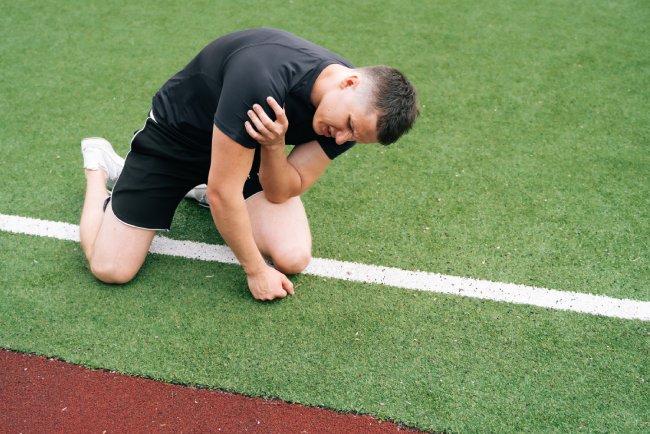
The challenges football players face in the game require skill and discipline. The football player must be in tip-top condition regarding muscle movement and strength. A proactive plan provided by a physical therapist can assist in keeping the body in the utmost shape.
Physical Therapy Here in RGV
Xcell Orthopaedic Physical Therapy is at your doorstep in RGV. We provide a professional assessment of your body’s needs and care before, during and after an injury to restore your body for optimum performance.
Contact us to assess your injury and prepare a long-term plan to strengthen your body for excellent performance on the football field.

